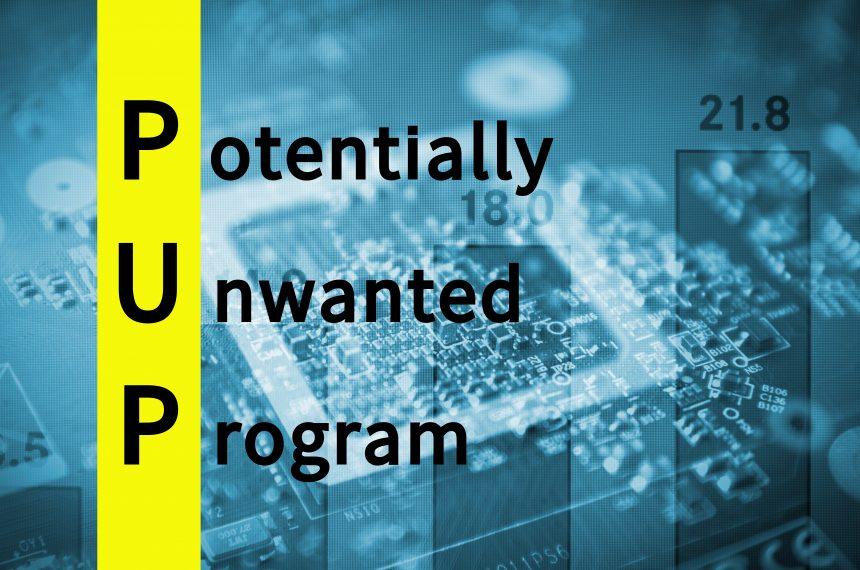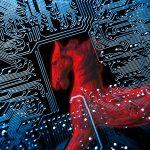Malware threats continue to proliferate, posing significant risks to individuals and organizations alike. One such threat is PuadlManager:Win32/SEPdot, a particularly insidious form of malware designed to infiltrate systems, steal data, and potentially cause severe disruptions. Understanding the nature of this malware, its actions, and how to effectively remove it is crucial for maintaining the integrity and security of your digital environment.
Understanding PuadlManager:Win32/SEPdot
Actions and Consequences
PuadlManager:Win32/SEPdot is a type of malware known for its ability to execute various malicious actions once it infects a system. Some of the key actions performed by this malware include:
- Data Theft: This malware can steal sensitive information, including personal data, login credentials, and financial information. It often transmits this stolen data to remote servers controlled by cybercriminals.
- System Disruption: By corrupting essential system files or altering system settings, PuadlManager:Win32/SEPdot can cause significant disruptions to the normal functioning of a computer. This can result in slow performance, frequent crashes, and an overall decrease in system stability.
- Backdoor Creation: The malware often creates backdoors in the infected system, allowing remote attackers to gain unauthorized access. This can lead to further exploitation, such as deploying additional malware or launching targeted attacks.
- Resource Hijacking: In some cases, PuadlManager:Win32/SEPdot can hijack system resources for malicious activities like cryptocurrency mining, significantly slowing down the infected system.
Detection Names
Different cybersecurity companies may identify PuadlManager:Win32/SEPdot under various names. Some common detection names include:
- Trojan.Win32.SEPdot
- Win32/SEPdot
- PUA:Win32/SEPdot
- W32.SEPdot
Similar Threats
PuadlManager:Win32/SEPdot shares characteristics with several other malware families, including:
- Trojan:Win32/Fuerboos: Known for stealing personal data and creating backdoors.
- PUA:Win32/CoinMiner: Focuses on hijacking system resources for cryptocurrency mining.
- Trojan:Win32/Zbot: Designed to steal banking information and create botnets.
Thorough Removal Guide
Removing PuadlManager:Win32/SEPdot requires a comprehensive approach to ensure all traces of the malware are eradicated from your system. Follow these steps to thoroughly remove this cyber threat:
Step 1: Enter Safe Mode
- Restart your computer.
- Press F8 repeatedly before the Windows logo appears.
- Select Safe Mode with Networking from the list of options.
Step 2: Identify and Terminate Malicious Processes
- Press Ctrl + Shift + Esc to open the Task Manager.
- Look for any suspicious processes associated with PuadlManager:Win32/SEPdot (e.g., unknown or suspiciously named processes).
- Select the malicious process and click End Task.
Step 3: Delete Malicious Files and Registry Entries
- Open File Explorer and navigate to the following directories:
C:\Program FilesC:\Program Files (x86)C:\ProgramDataC:\Users\[Your Username]\AppData\LocalC:\Users\[Your Username]\AppData\Roaming
- Look for any recently created suspicious folders or files and delete them.
- Open the Registry Editor:
- Press Win + R, type
regedit, and press Enter.
- Press Win + R, type
- Navigate to the following registry keys and delete any entries related to PuadlManager:Win32/SEPdot:
HKEY_CURRENT_USER\SoftwareHKEY_LOCAL_MACHINE\SOFTWAREHKEY_LOCAL_MACHINE\SOFTWARE\Microsoft\Windows\CurrentVersion\RunHKEY_LOCAL_MACHINE\SOFTWARE\Microsoft\Windows\CurrentVersion\RunOnce
Step 4: Clean Temporary Files
- Press Win + R, type
temp, and press Enter. - Delete all files in the temporary folder.
- Repeat the process for the
%temp%andprefetchfolders.
Step 5: Reset Browser Settings
To remove any potential browser hijackers or malicious extensions, reset your browser settings:
For Google Chrome:
- Open Chrome and click on the three dots in the upper right corner.
- Go to Settings > Advanced.
- Under Reset and clean up, click Restore settings to their original defaults.
For Mozilla Firefox:
- Open Firefox and click on the three horizontal lines in the upper right corner.
- Go to Help > Troubleshooting Information.
- Click Refresh Firefox.
For Microsoft Edge:
- Open Edge and click on the three dots in the upper right corner.
- Go to Settings > Reset settings.
- Click Restore settings to their default values.
Step 6: Update and Scan with Windows Defender
- Update Windows Defender to the latest version.
- Open Windows Security and go to Virus & threat protection.
- Click Quick scan or Full scan to detect and remove any remaining threats.
Best Practices for Preventing Future Infections
- Keep Software Updated: Regularly update your operating system and all software to patch vulnerabilities.
- Use Strong Passwords: Implement complex, unique passwords for all accounts and change them regularly.
- Be Cautious with Email Attachments: Avoid opening email attachments or clicking on links from unknown or suspicious sources.
- Enable Firewall: Ensure your firewall is enabled to block unauthorized access.
- Regular Backups: Frequently back up important data to an external drive or cloud storage to prevent data loss in case of an infection.
- Educate Users: Provide training on recognizing phishing attempts and safe browsing habits.
By following these steps and best practices, you can significantly reduce the risk of malware infections and maintain a secure computing environment.





